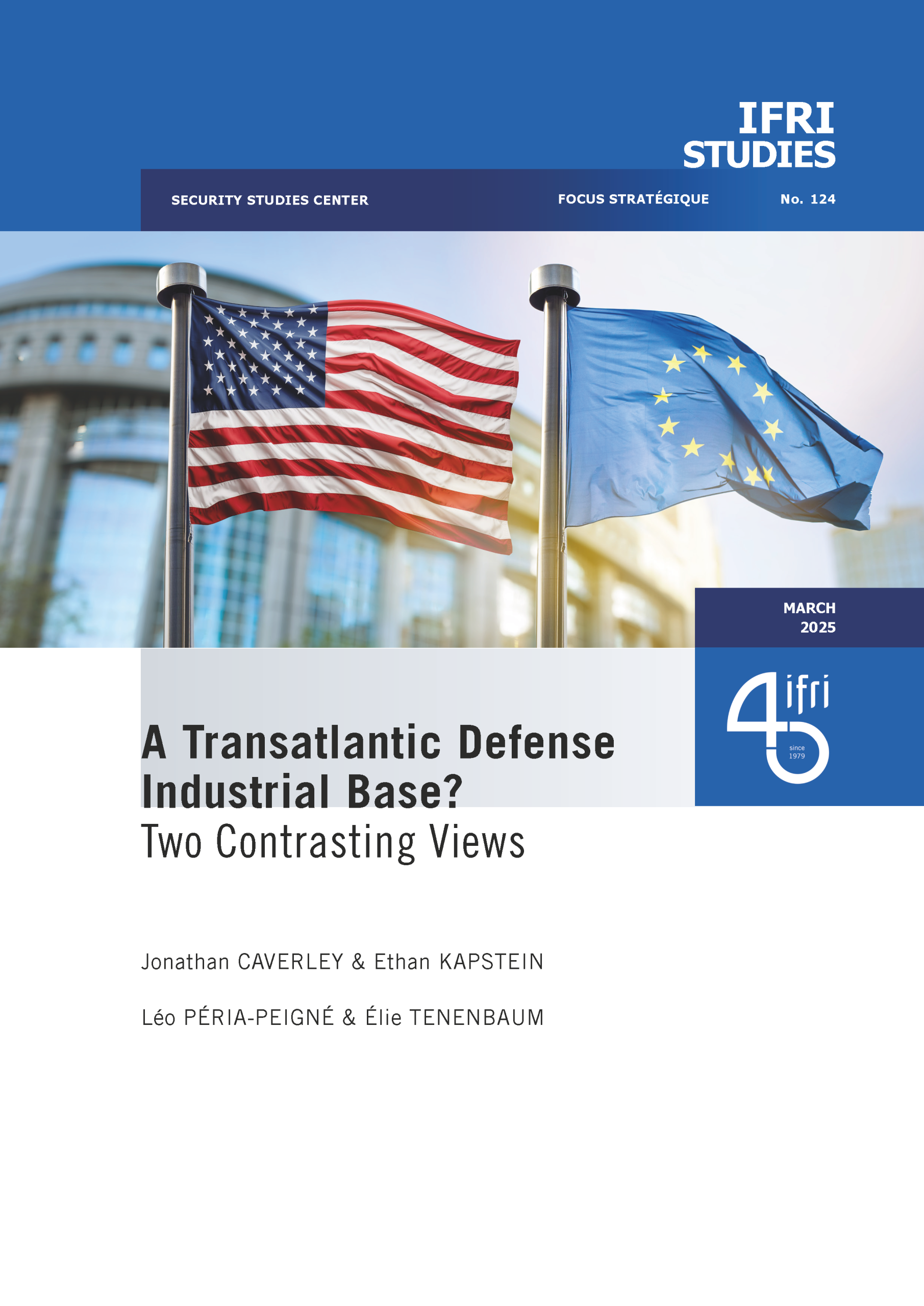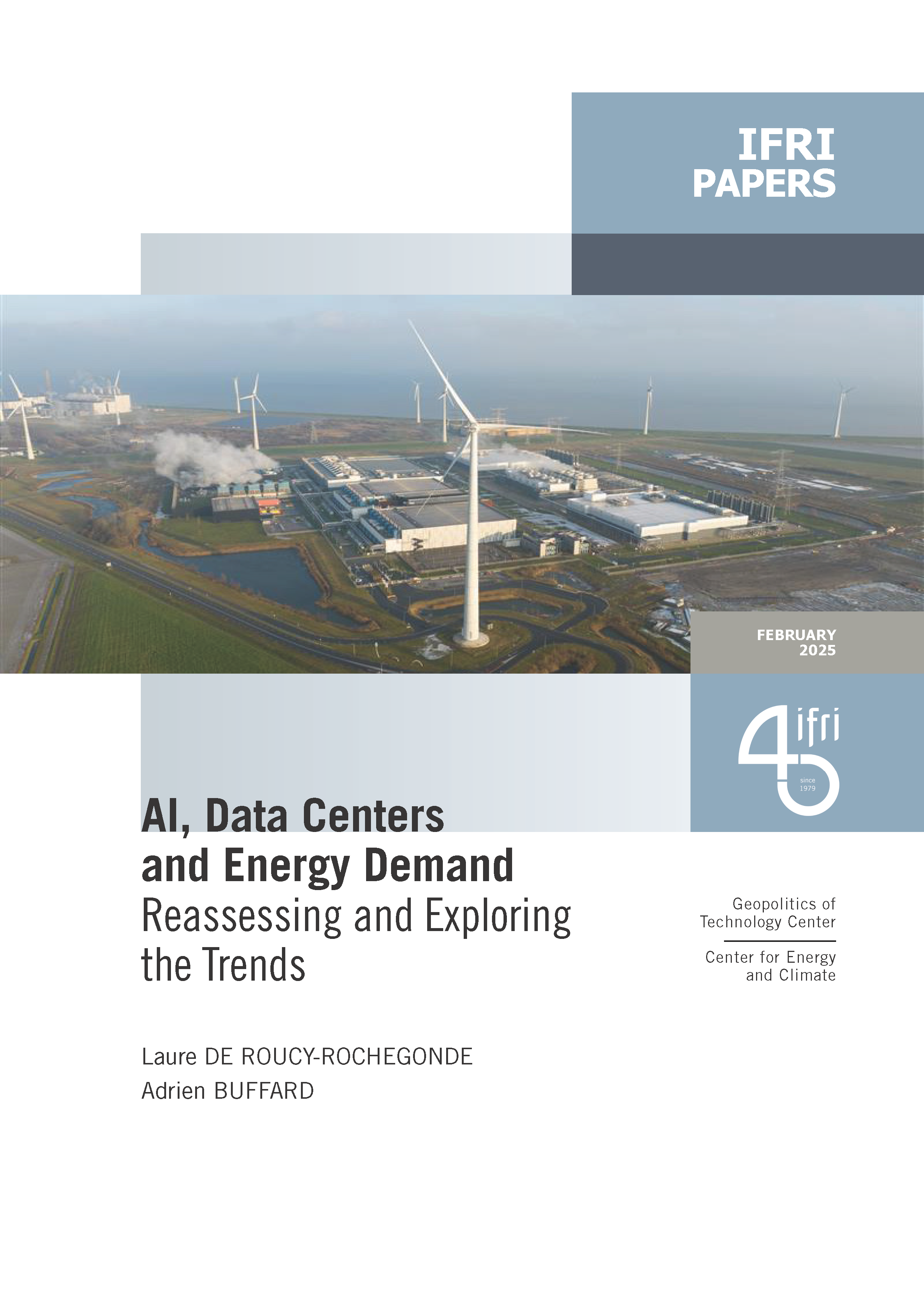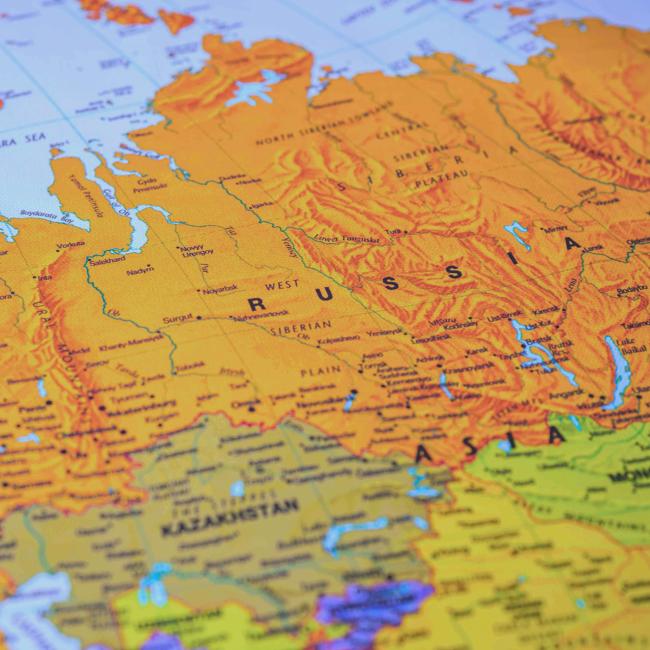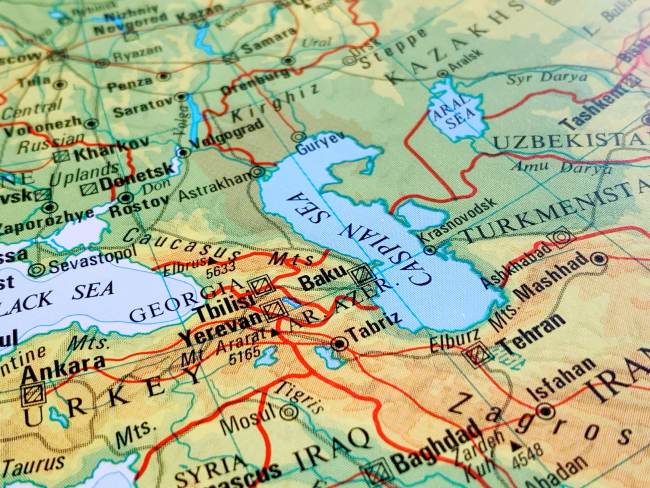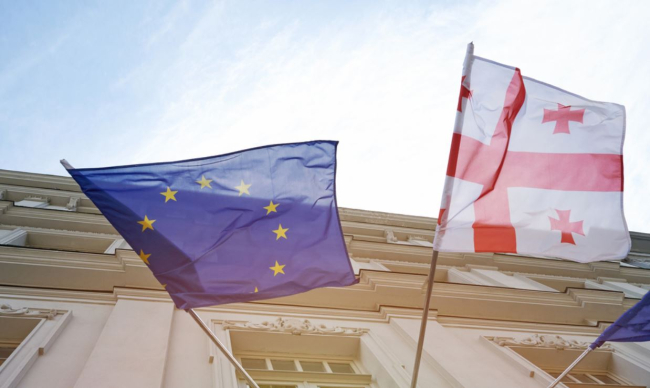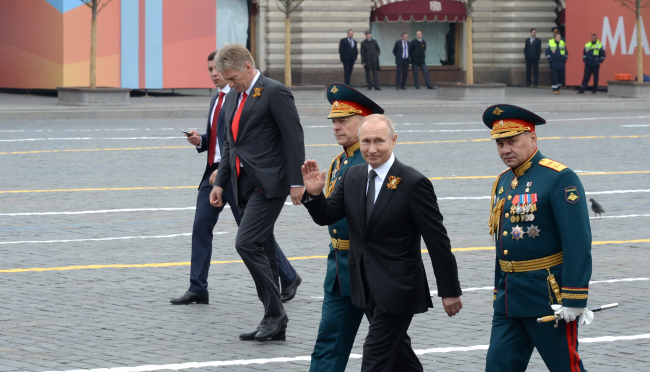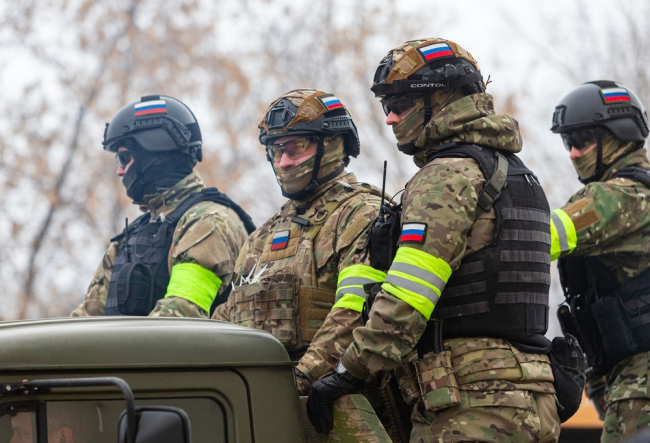One Year of Zelensky’s Presidency: One Step Forward, One Step Back
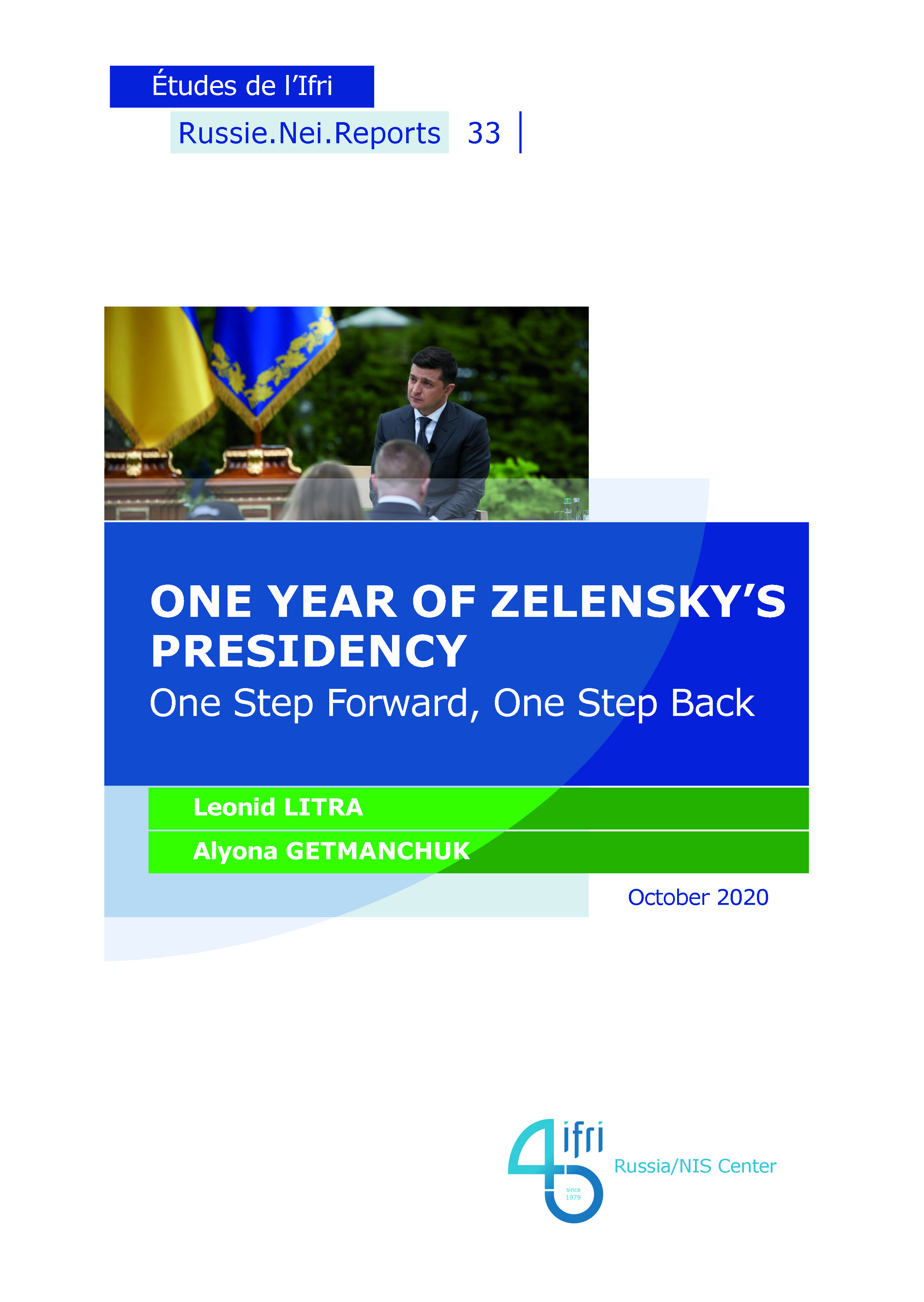
The election of Volodymyr Zelensky as president of Ukraine created very high expectations in the society.
He built his campaign narrative around three central messages: peace in Donbas, the curtailment of corruption and the end of poverty. The hope that he could deliver on his promises was strengthened with the victory of his party (Servant of the People) in the snap parliamentary elections in summer 2019. It is the first time in the history of independent Ukraine that a single party has a majority in parliament. Therefore, President Zelensky enjoys unprecedented conditions, and, while he still has four years in office, the one-year anniversary is the right moment to make the first assessment.
Leonid Litra is a Senior Research Fellow at the New Europe Center in Kyiv (Ukraine).
Alyona Getmanchuk is Director of the New Europe Center.
Download the full analysis
This page contains only a summary of our work. If you would like to have access to all the information from our research on the subject, you can download the full version in PDF format.
One Year of Zelensky’s Presidency: One Step Forward, One Step Back
Related centers and programs
Discover our other research centers and programsFind out more
Discover all our analysesThe Caspian Sea as an Emerging Energy Hub : Potentials and Limitations
This report analyzes the prospects of the Caspian Sea region — and its key actors except for Russia and Iran — becoming an important energy hub serving the needs of the European Union (EU).
The European Union's Strategic Test in Georgia
The political crisis brewing in Georgia is of an existential nature for the country. What is at stake is Georgia's future as a democratic and sovereign European nation (EU).
Commanders of Putin's Long War: Purged, Reshuffled and Disgruntled
The trend of reshuffling the Russian top military command in the course of a fast-evolving and far from successful war has progressed unevenly both across the Armed Forces’ structures and in time. The rationale for and timing of the abrupt cadre decisions made by Commander-in-Chief Putin often defy logical explanation, and the rare official clarifications are no more informative than the usual information blackout.
Russian Military Manpower After Two and a Half Years of War in Ukraine
In addition to a military victory in Ukraine, the Russian leadership is planning to build up sizable troop formations for a possible conflict with NATO in the Baltic region and the Kola Peninsula. In particular, current plans aim for the military manpower to grow by about 350,000, reaching a total of 1.5 million soldiers and commanders. In the context of the current conflict in Ukraine, this cannot be accomplished without a new wave of mass mobilization.


